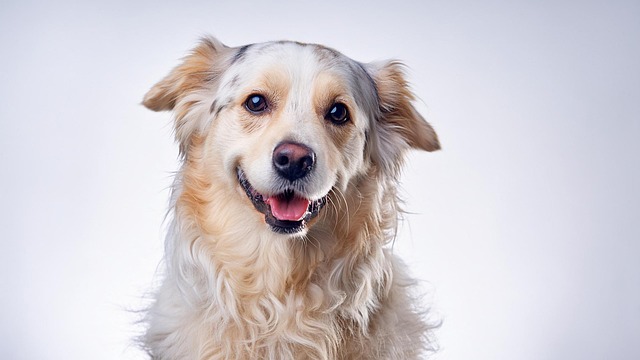
How do i train my dog to be obedient?
Watching your dog dart across the park ignoring your calls isn’t just frustrating—it can put them at risk near busy streets or public spaces.
New puppy owners often find themselves rushing to clean up accidents before they set in, and that’s where puppy pad training becomes a game-changer. Start by picking a consistent spot—maybe near the back door or in a quiet corner of the kitchen—so your pup learns to associate that area with going potty. In some cities, like Chicago or Berlin, leaving pet waste unattended in public can lead to fines, so teaching indoor habits early helps avoid missteps outdoors too.
Watch for your puppy’s cues: sniffing the floor, circling, or whining are all signs they need to go. When you see these, gently pick them up and place them on the puppy pad. Stay with them until they go—praise them loudly and give a small treat right after, so they link the pad to positive rewards. A neighbor in Toronto swears by this; her Golden Retriever puppy caught on in just two weeks by pairing treats with praise.
Accidents will happen, and that’s okay—what matters is how you respond. Never scold your puppy for going outside the pad; they won’t connect the scolding to the accident. Instead, clean the area with an enzyme-based cleaner to remove all odor—if the smell lingers, they might go there again. This step is key, especially in apartments where space is tight and odors can build up fast.
 Stick to a schedule to make training easier. Take your puppy to the pad first thing in the morning, after meals, naps, and playtime. Puppies have small bladders, so frequent trips help them succeed. Many vets recommend keeping water bowls accessible but limiting intake an hour before bedtime to reduce nighttime accidents—this balances hydration with training progress.
Stick to a schedule to make training easier. Take your puppy to the pad first thing in the morning, after meals, naps, and playtime. Puppies have small bladders, so frequent trips help them succeed. Many vets recommend keeping water bowls accessible but limiting intake an hour before bedtime to reduce nighttime accidents—this balances hydration with training progress.
As your puppy gets older, you can start transitioning them outside if that’s your goal. Move the puppy pad closer to the door each week, then outside to a designated spot. This gradual shift prevents confusion and keeps them consistent with their potty habits. Remember, patience is key—some puppies take longer than others, but staying consistent will pay off.
Puppy pad training isn’t just about convenience; it’s about setting your puppy up for success and following local pet care guidelines. By using positive reinforcement, sticking to a schedule, and handling accidents calmly, you’ll build a strong foundation for good habits. Before you know it, your puppy will be using their pad (or the great outdoors) reliably, making life easier for both of you.

Watching your dog dart across the park ignoring your calls isn’t just frustrating—it can put them at risk near busy streets or public spaces.

New puppy owners often find themselves rushing to clean up accidents before they set in, and that’s where puppy pad training becomes a game-changer.

If you've noticed your dog's waistline disappearing and your veterinarian has mentioned those few extra pounds, your first instinct might be to simply reduce the amount of food in their bowl.

Training a dog to use a designated spot indoors isn’t as daunting as many new owners fear, but it does take consistency and an understanding of your pet’s needs.

That moment of dread on a walk is all too familiar for many new dog owners. You see another dog approaching down the sidewalk of your neighborhood

If the sight of another dog on your neighborhood walk makes your heart sink as your own dog erupts into a frenzy of barking and lunging, you're not alone.